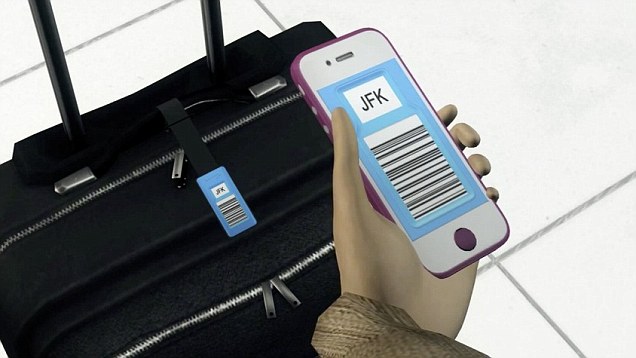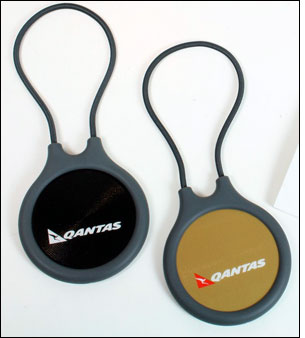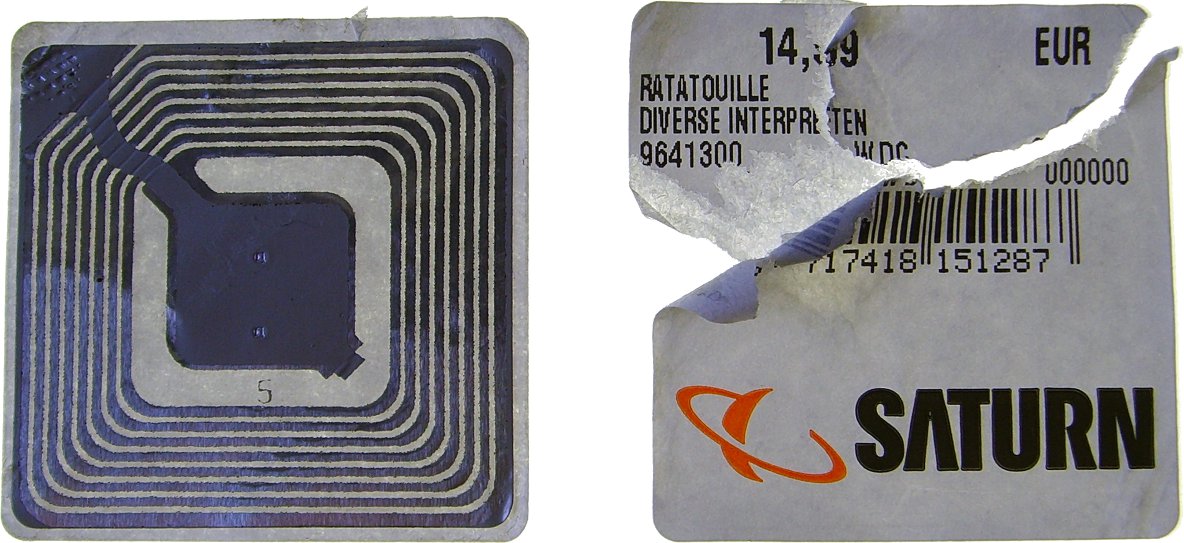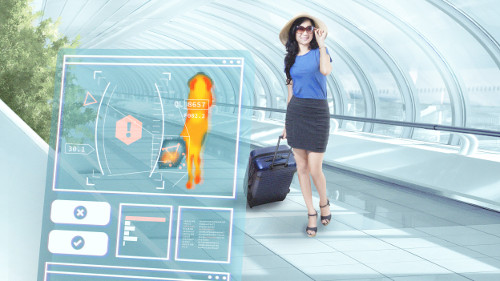Aside other sources, I copy the content of that news with kind approval of Momberger Airport Information:

Passengers travelling with British Airways through London Heathrow Airport Terminal 5 have begun to test the personalized digital bag tag being developed by the airline. Microsoft Employees have been chosen to take part in a month-long trial, using a specially adapted version of the British Airways app, to provide essential feedback that will help shape the final product. The digital bag tag, which contains all of a passenger’s baggage details, could eventually replace the need for a new paper tag for every flight. Comprehensive testing of the tag has already taken place to make sure that it works in a live airport environment and can stand up to the rigours of airport baggage systems and everyday travel. Customers on the trial will use a Nokia Lumia Windows smartphone to check in, chose their seat and obtain their mobile boarding pass. Each will be equipped with a specially adapted version of the British Airways app, which automatically updates the digital bag tag with a unique barcode, containing new flight details and an easy-to-see view of their bag’s destination – just by holding the mobile phone over it. They can then save time by quickly dropping their bag off at a dedicated bag drop desk, before going straight through security. The personalized digital bag tags have been specially developed by British Airways, in partnership with Densitron Displays, and Designworks Windsor. #963.AIT4

These news upset me as much as the one I read about Amadeus trying a bag tagging based on 3G-technology. Or Air France and other airlines introducing “home-print” bag tags.
As I mentioned two years ago in my little article about a possible check-in-scenario for 2015, I would see a far more reasonable approach (and easy/fast to bring to market) by the aviation industry to use established standards. Why do they use a QR-code with a modified layout? Anything to hide? Or simply to do it different? Which by the way equals “more expensive”, faulty and slow. And – worse of all: Incompatible like VHS and Betamax…

Why do they try to implement and sell expensive, non-industry-standard-compliant stuff here? Why not using existing and proven technologies like RFID or the newer (but to be standard) NFC? Why force me to use an “App” (and where can I get online when being abroad?) or even worse, an expensive 3G-Network technology?
In addition to my (somewhat delayed) prediction about Check-in 2015, I’d also like to see a common free airport WiFi system; wherever an airport offers free WiFi, it’s a common log-in worldwide. Maybe even the same for inflight, just a quick cost note if not free. Or at least a common log-in-process. Enabling to register “globally” is an added value for the Jet Set. And would encourage safer WPA2-connections. “CDM” in action – across aviation industry stakeholders 😉
I’m allowed to dream, right?
Comments welcome
![“Our Heads Are Round so our Thoughts Can Change Direction” [Francis Picabia]](https://foodforthought.barthel.eu/wp-content/uploads/2021/10/Picabia-Francis-Round-Heads.jpg)
 You may have seen these ornament-like looking stuff on the back of the supermarket labels, electronics superstores and such and may have wondered what it is. It is the future…
You may have seen these ornament-like looking stuff on the back of the supermarket labels, electronics superstores and such and may have wondered what it is. It is the future… Now consider this scenario:
Now consider this scenario: Your car approaches the airport. The intelligent airport parking system directs you to the best (or pre-reserved or VIP) parking lot available. When you exit the car, your suitcase (known from a previous flight to be yours) is identified. You need no bag-tag, as it is already tagged with it’s own RFID. While you enter the terminal dropping of the bag at one of the default baggage check-in-machines, your passport is triggered and directly identified. It contains a (chipped) visa for your destination. Your seat and boarding gate, together with an invitation to the VIP-lounge is transmitted to your smart phone. As you accessed the airport WiFi before, you are automatically connected to it, no 3G-charges apply. You walk through security, having your carry-on and your retina (eye-identification) checked, but as your boarding pass is your RFID and your passport is known, you are not further held back. As you miss your departure time while working in the lounge, the system detects you. You are not called out publicly, but the lounge manager approaches you and reminds you to get to the gate quickly.
Your car approaches the airport. The intelligent airport parking system directs you to the best (or pre-reserved or VIP) parking lot available. When you exit the car, your suitcase (known from a previous flight to be yours) is identified. You need no bag-tag, as it is already tagged with it’s own RFID. While you enter the terminal dropping of the bag at one of the default baggage check-in-machines, your passport is triggered and directly identified. It contains a (chipped) visa for your destination. Your seat and boarding gate, together with an invitation to the VIP-lounge is transmitted to your smart phone. As you accessed the airport WiFi before, you are automatically connected to it, no 3G-charges apply. You walk through security, having your carry-on and your retina (eye-identification) checked, but as your boarding pass is your RFID and your passport is known, you are not further held back. As you miss your departure time while working in the lounge, the system detects you. You are not called out publicly, but the lounge manager approaches you and reminds you to get to the gate quickly.